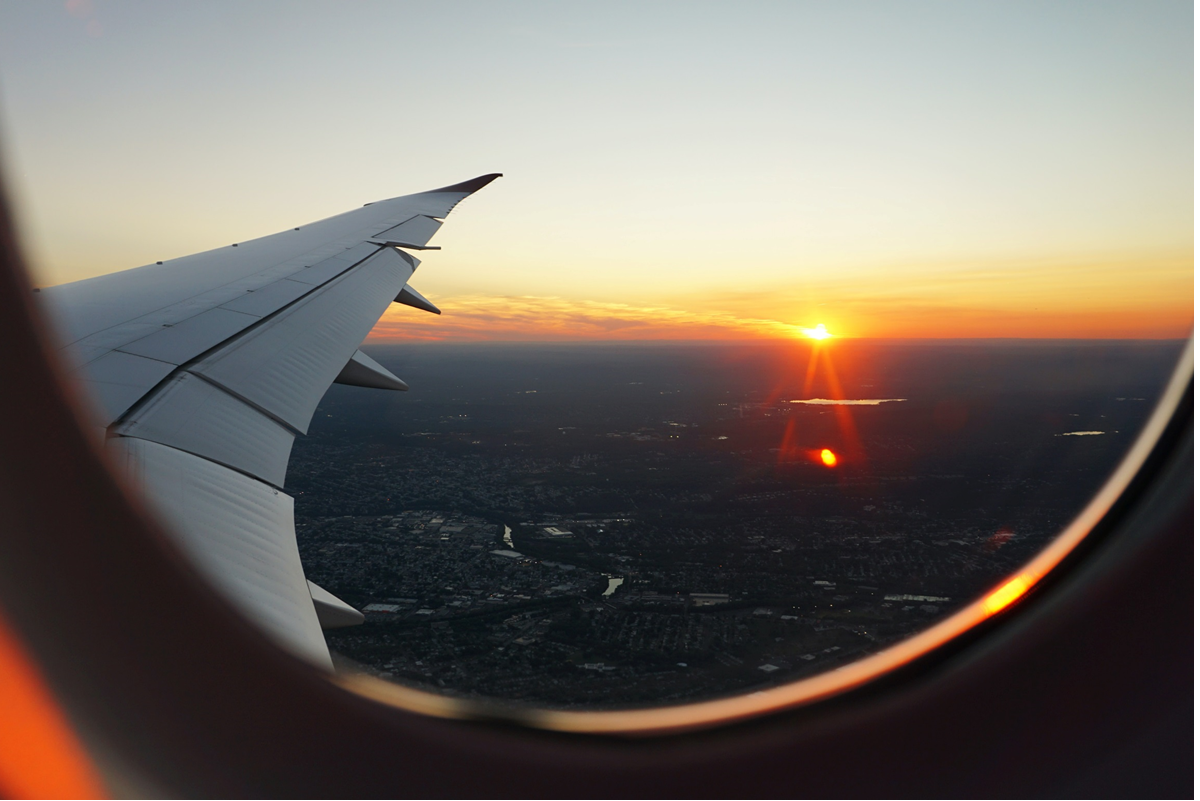The road to recovery: Key findings on the return to travel
Business travel is a critical component of the wider corporate payment world and an area where our long years of expertise enable us to offer insight. We know we’re not alone in watching this hard-hit sector return to pre-pandemic health, so here are the latest findings and takeaways from our market research.
International air travel hardest hit
Global air capacity is down 70% from last year, with only 9% of the reservations.[1] Given the global nature of the coronavirus pandemic, it’s no great surprise that international air travel has been the hardest hit branch of the travel sector. Unfortunately, forecasts indicate this will continue to be the case at least through the holiday season and likely into the new year.
Understandably, domestic travel has fewer risks and restrictions to contend with than venturing further afield, leading companies as well as private individuals to sooner opt for domestic and regional travel and eschew potential border-crossing complications, even where possible and demonstrably safe. For instance, weekly domestic flight frequency in China has nearly returned to pre-pandemic levels.[2]

While domestic flights are on the rise, global air capacity is still down 70% on last year.[3]
Lasting changes to business travel
The pandemic has altered our ways of working, and our findings indicate that some of the changes we’ve adopted in need appear permanent. 43% of survey respondents in October planned to travel by air less often after the pandemic than before.[4] That’s significantly more than just a few months before (27% in May), with many respondents citing effective virtual working models as grounds. The ongoing development of the virus recovery effort precludes even experts’ ability to speak with certainty on the future, but the widespread assumption that many instances of virtual substitution will remain in effect after restrictions are lifted is in our view justified.
Travel industry leaders are already reimagining their roles in a leaner market. Business travel by air is not expected to rebound to pre-pandemic levels in the near future, while accommodation and ground transport will suffer associated losses. More flexible working models will be more resilient to similar crises and can be a source of savings, and though the many aspects of business that rely on travel will surely fuel the sector’s recovery, companies are well advised to plan streamlined travel programs – especially in the cash-strapped aftermath of the pandemic-induced economic downturn.

Travelers are hitting the road more often than before to avoid the inconveniences of public restrictions.[5]
Indomitable spirits
Travelers have taken matters into their own hands wherever possible, adapting to restrictions and uncertainty by booking with less advance notice and traveling more often by car. In Germany, 75% of business travelers opted for cars in November – well above normal rates.[6]
Traveler comfort is also on the steady rebound. Since May, 10% more travelers are comfortable with public transport and 12% more with hotel stays.[4] Despite the latest round of lockdowns sweeping Europe, these local signs of recovery are joined by others more significant: rising domestic travel beyond the EU and the worldwide long-anticipated end to our wait for a vaccine.
With so many sudden shifts in what was previously more predictable about our industry, established development forecasts have been thrown to the wind. We’ll be keeping a close eye on the future of business travel.
[1] UNWTO Tourism Recovery Tracker
[2] Statista
[3] Photo by Eva Darron on Unsplash
[4] Oliver Wyman Traveler Sentiment Survey Edition 2
[5] Photo by Caleb George on Unsplash
[6] VDR Barometer










